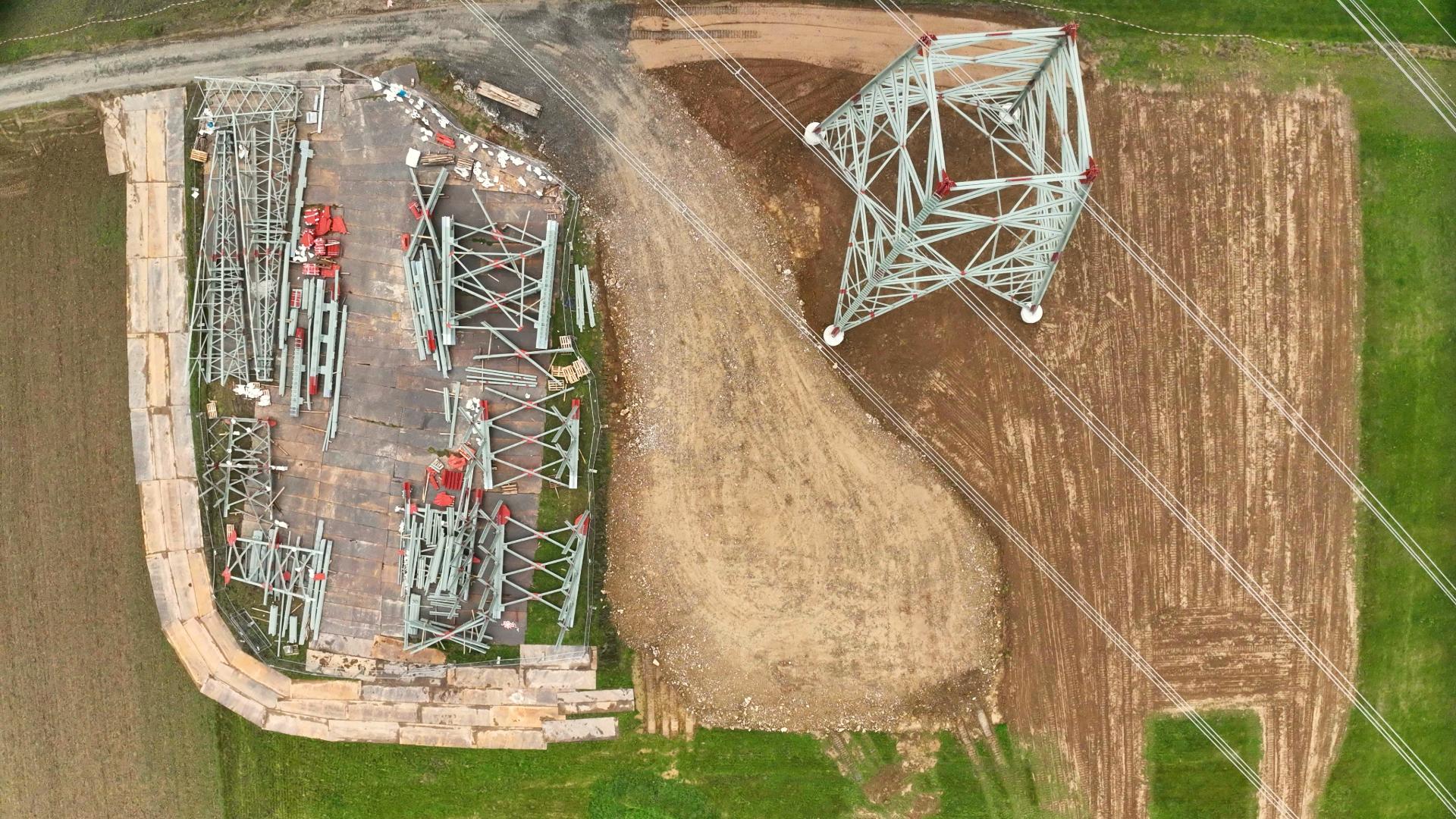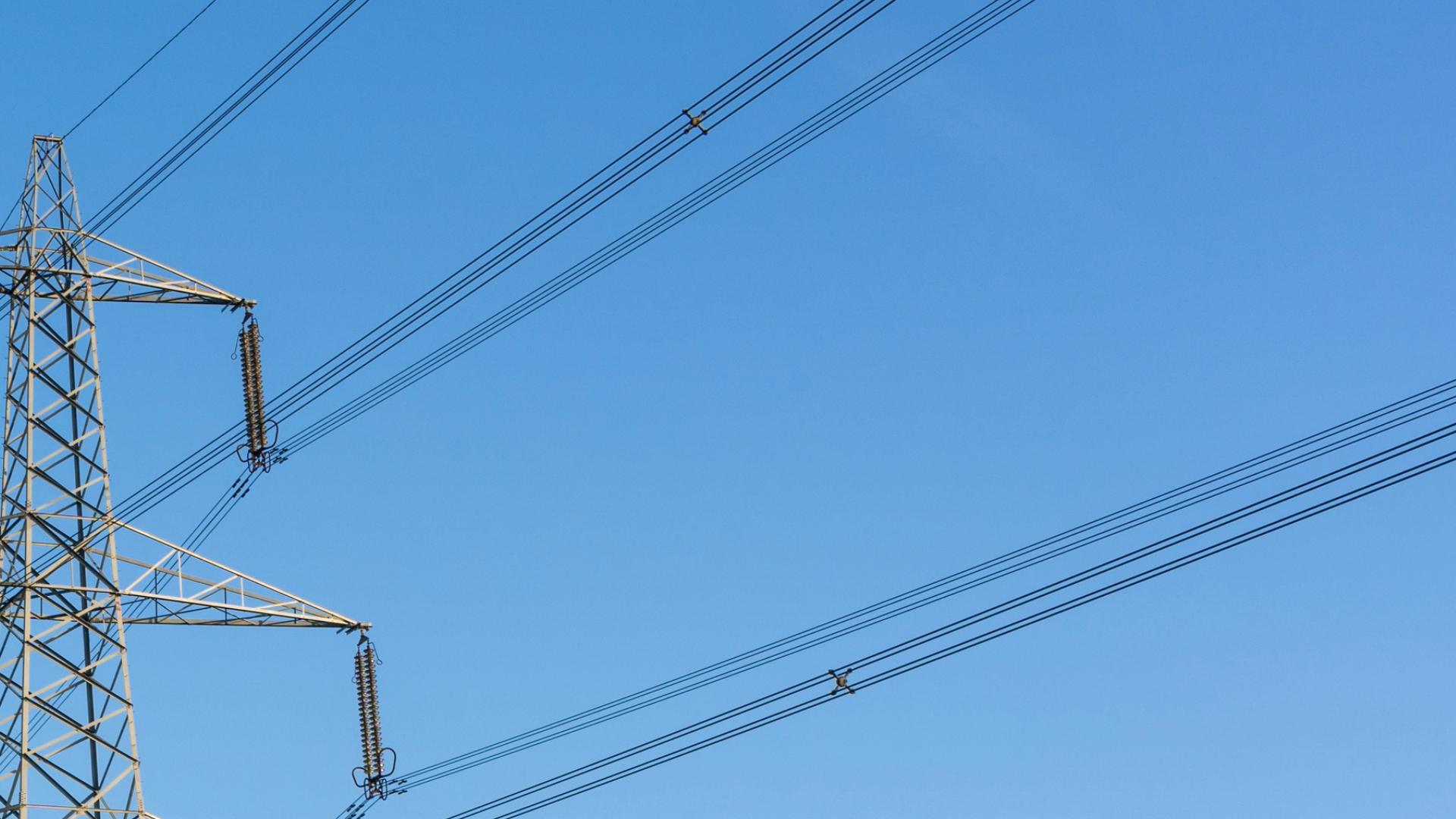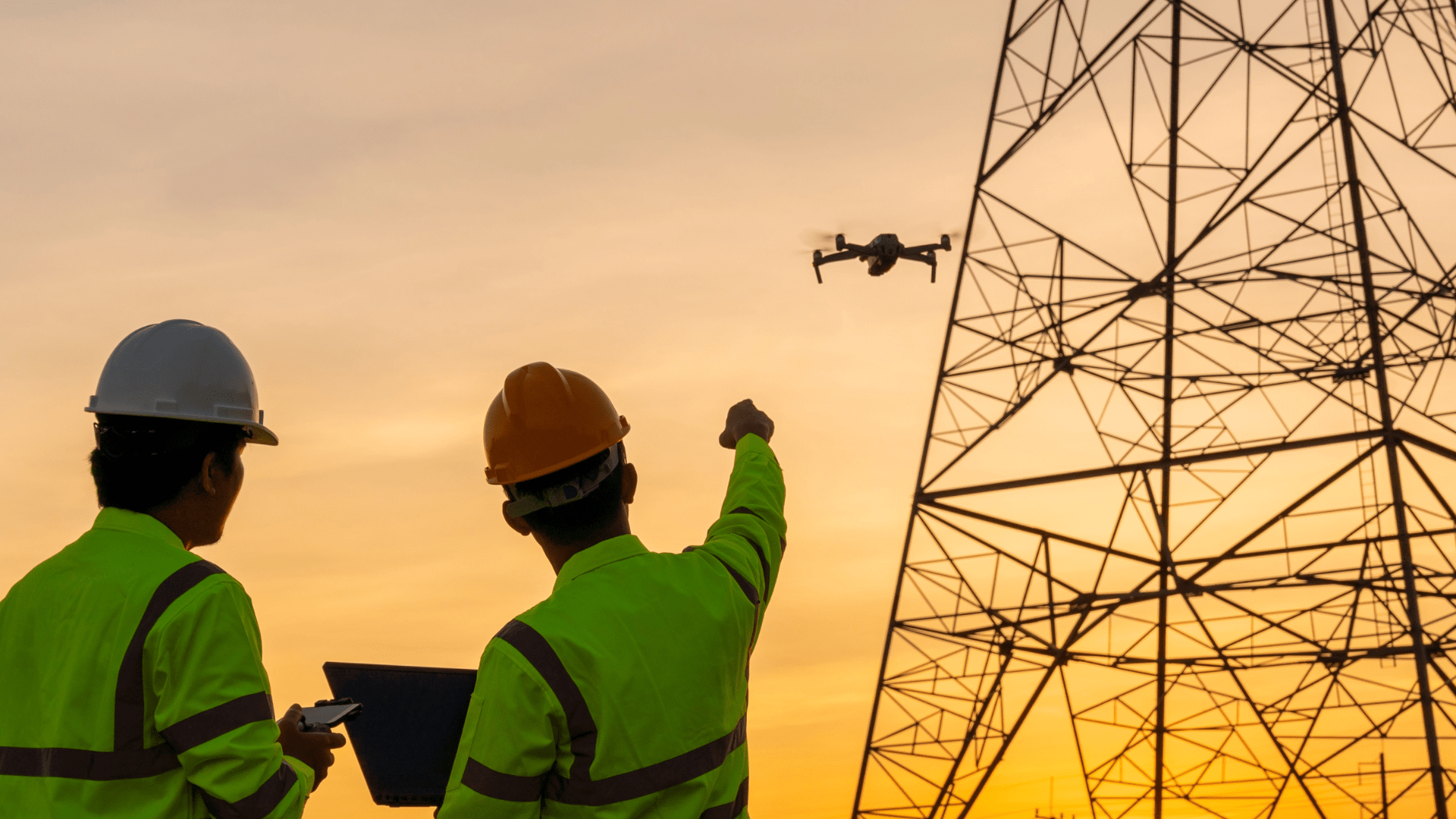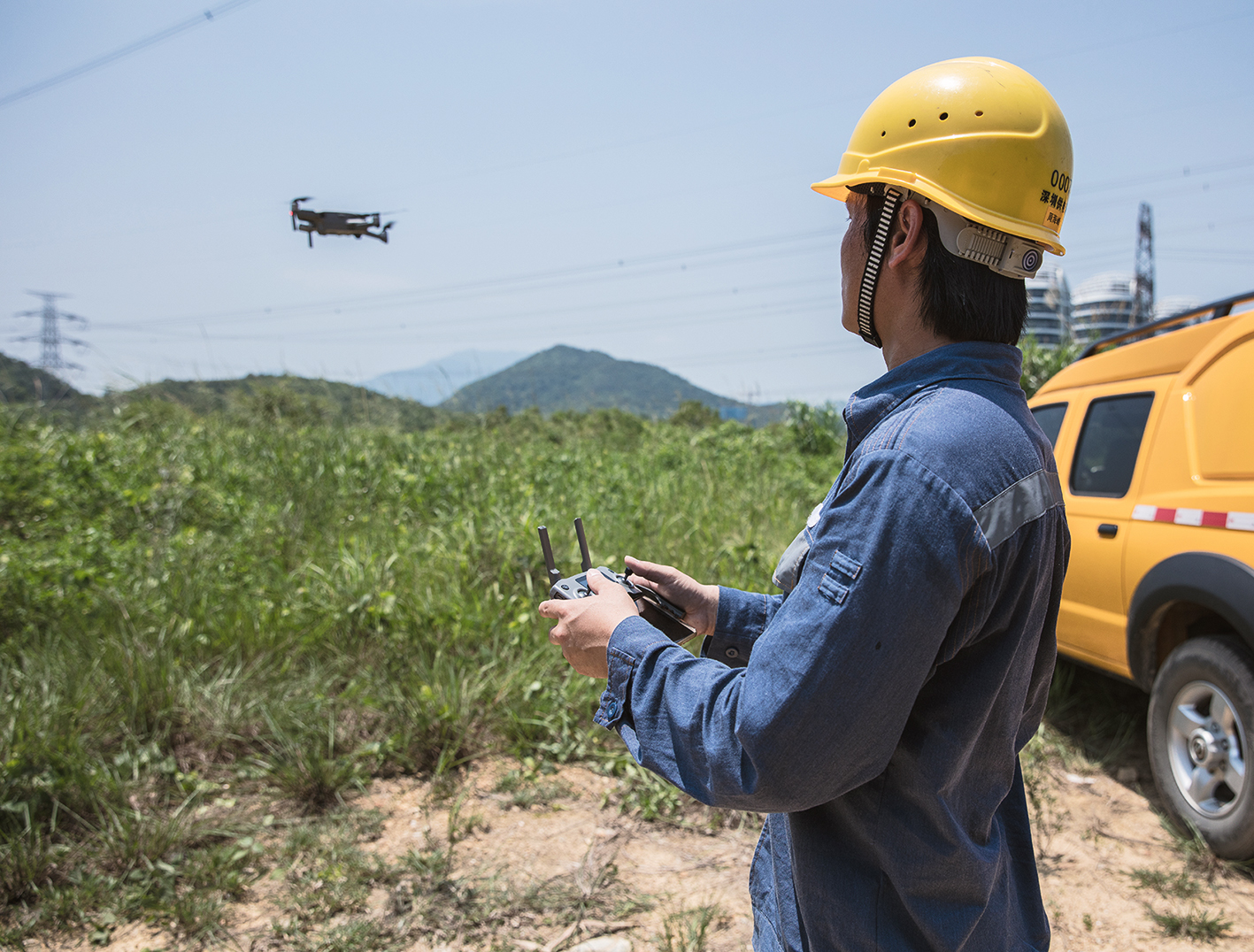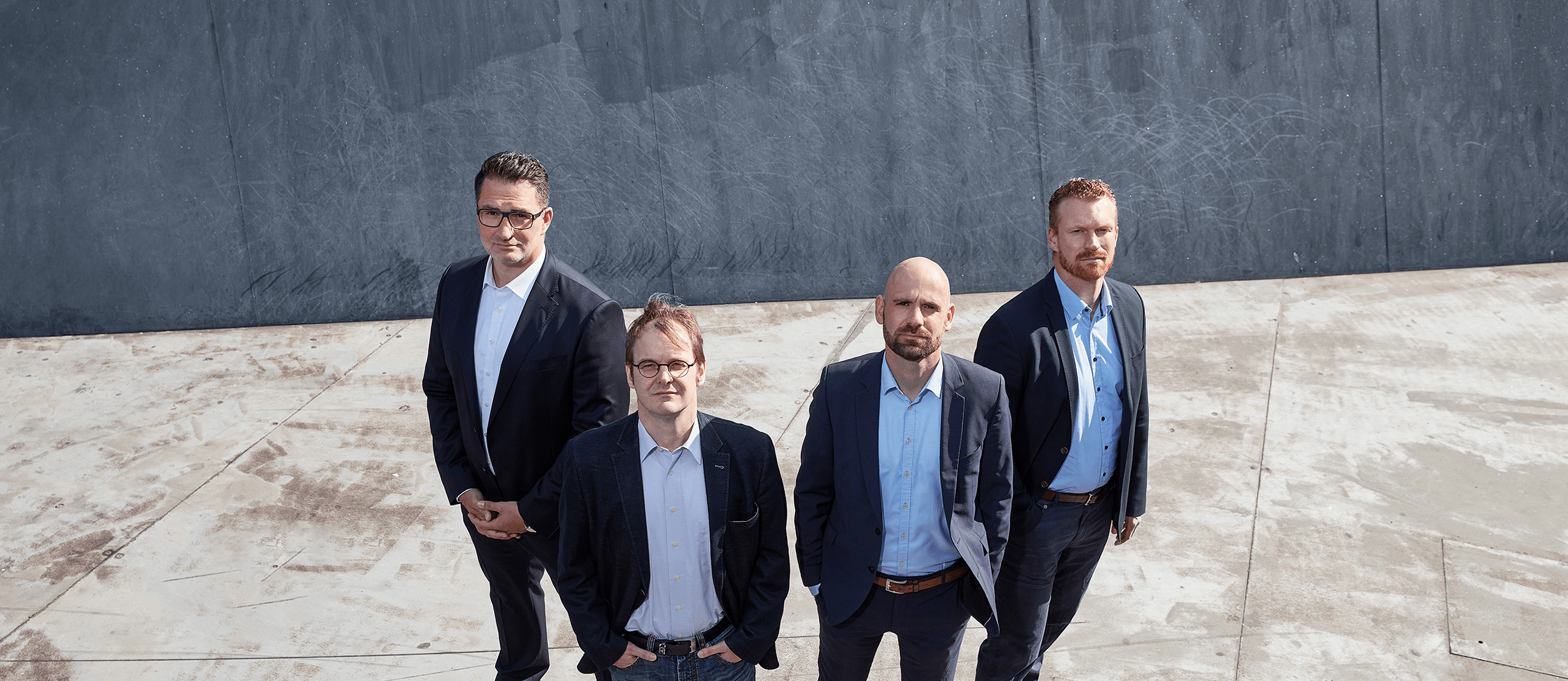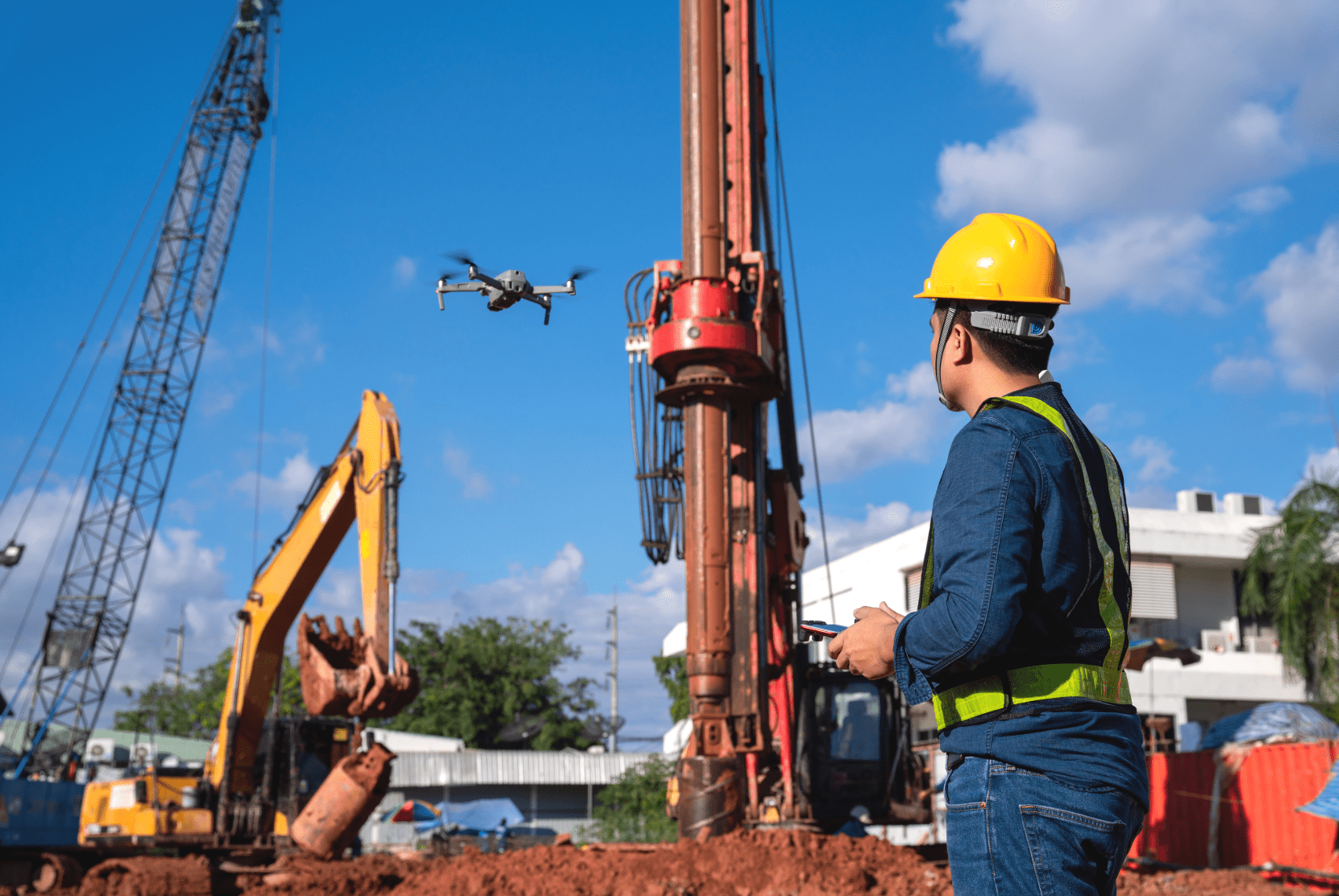Wir von FlyNex feiern mit Ihnen 10 Millionen Abfragen in unserer Map2Fly-App. Im dritten Teil der dazugehörigen Blog-Serie widmen wir uns den Akteuren hinter den Controllern. Im vorherigen Blogartikel haben wir Frank Lochau zu seiner Arbeit befragt. Heute geht es um den Gründer der Aerial Solutions GmbH, Michael Küpper.
1. Wie sind Sie zum ersten Mal mit Drohnen in Berührung gekommen?
Ich hatte in meiner beruflichen Laufbahn immer schon eine besondere Vorliebe für Zukunftstechnologien. So begann ich bereits 1993 als selbstständiger Bauzeichner mit CAD-Zeichnungen, zu Zeiten, wo die größte am Markt erhältliche Festplatte gerade mal 45 MB Datenvolumen aufwies und CAD noch unter dem Betriebssystem DOS lief. Später hatte ich ein Energie-Beratungsbüro, zu Zeiten, wo Energieberatung noch ein Fremdwort war. Genauso ist es mit den Drohnen. Anfang 2016 habe ich mich beruflich neu orientiert und war zunächst mit einer Berliner Firma als BIM-Berater (BIM = Building Information Modelling) unterwegs. Dort habe ich den Bedarf an virtuellen 3D-Modellen von Bestandsgebäuden und von Geländestrukturen erkannt. Die Methode des Laserscannings war mir aus dem Bausektor bekannt, aber auch die Grenzen dieser Technik. So lagen oftmals die Probleme und Grenzen der Datenaufnahme darin, dass bei hohen und komplexen Bauwerken und bei großen unwegsamen Geländen ein irrer Aufwand betrieben werden musste, um mit den schweren Laserscannern dorthin zu kommen. Die Idee, diese Probleme mittels Photogrammetrie aus der Luft unter Einsatz einer Drohne zu lösen, war geboren. Ich kaufte im Sommer 2016 meine erste große Industriedrohne mit einer guten Kamera als Payload und begann mich in die Photogrammetrie einzuarbeiten.
2. Wie sieht ein typischer Tag / Einsatz für Sie aus?
Heute bin ich als Gründer und Geschäftsführer der Mitte 2017 gegründeten Aerial Solutions GmbH dafür zuständig, neue Aufträge zu akquirieren, Kunden zu beraten, Schulungen zu organisieren und die Mitarbeiter zu koordinieren.
Mindestens einmal pro Woche fahre ich selber raus zum Fliegen, wegen der Flugpraxis, zum Ausprobieren neuer Techniken, um Abläufe zu optimieren und Handbücher zu ergänzen. Ein typischer Tag sieht dann so aus, dass ich meistens sehr früh losfahre, bzw. bei längeren Touren am Vortag mit unserem eigens dafür konfiguriertem „Drohnomobil“ anreise. Unser Drohnomobil ist ein Allrad-Caddy, der einen speziellen Innenausbau zum Drohnentransport und zum Arbeiten vor Ort enthält. Hinten und aus der Seitentür gibt es 200 kg belastbare Vollauszüge, um bequem ans Equipment zu gelangen. Neben einem Laptop-Arbeitsplatz auf dem Beifahrersitz, Internet und Datenübertragung mittels 5G-Gigacube mit Außenantenne und genug Platz für Vermessungsequipment (GPS-Rover, Bodenmarker) und Absperrmaterial bleibt noch genügend Platz für unsere Industriedrohnen, wobei wir ausschließlich VDI 2879 konforme Systeme einsetzen, das beginnt in der Größenordnung einer DJI Matrice 200/210 oder einer Intel Falcon 8+.
3. Wo und was befliegen Sie? Welche Vorteile bietet hierbei die Drohne?
Wir befliegen in vier unterschiedlichen Geschäftsbereichen:
1. 3D-Modelling von Gebäuden und digitale Geländemodelle mittels Photogrammetrie als kleiner aber wichtiger Baustein in einem BIM-Projekt.
2. Massen- und Volumenberechnungen von Kies-, Sandgruben und in Steinbrüchen und von Haufwerken auf Bau- und Recyclinghöfen.
Hier liegt der Vorteil in der Schnelligkeit: Wir ermitteln z. B. beliebig viele Volumen von Haufwerken auf einem Recyclinghof innerhalb von zwei Werktagen. Das schaffen wir, weil wir die Daten nach der Befliegung bereits von unterwegs ins Backoffice übertragen und dort die Photogrammetrie-Experten sofort mit der Berechnung der Punktwolke beginnen können. Mit unserem eigens entwickelten „AGISA“-System, ein Zusammenspiel aus Photogrammetrie-Software und GIS-Systemen, können wir dann weitgehend automatisiert aus den Punktwolken und den digitalen Höhenmodellen die Volumen berechnen und die Berichte generieren.
3. Industrie-Inspektion, meist im Auftrag von Gutachtern an hohen Kaminen, an Windkraftanlagen und an hohen Bauwerken.
Unsere Kunden sparen hier Zeit und erhebliche Kosten für Steiger-LKWs, Gerüste, Kletterer und deren Absicherung. Aber vor Allem gefährdet der Gutachter sich nicht mehr selber, weil er nicht mehr einen maroden Kamin oder ein baufälliges Dach besteigen muss. Einen weiteren Vorteil bieten wir mit dem Einsatz von Drohnen mit Wärmebildkameras in der Inspektion von Anlagen in der Produktion, Chemie und Transport. Hier können an allen temperaturrelevanten oder an allen beweglichen Dingen während des laufenden Betriebs Inspektionen durchgeführt werden. Es braucht keine Anlage mehr abgeschaltet werden, weil der Fernpilot und der Gutachter in sicherer Entfernung bleiben können.
4. Agrarwirtschaft: hier sind wir der größte Ausbringer von Trychogramma (Schlupfwespenlarven) in Deutschland mit einer Feldfläche von 3.500 ha in diesem Sommer.
Eine flächendeckende biologische Bekämpfung des Maiszünslers ist ohne den Einsatz von Drohnen bereits jetzt nicht mehr wirtschaftlich möglich. Das liegt daran, dass die Aussetzung der Schlupfwespenlarven erst beginnen kann, wenn der Mais bereits eine Höhe von 80cm -100cm erreicht hat und wir nur ein kurzes Zeitfenster von ca. drei Wochen im Juni/Juli haben, in denen der Maiszünsler seine Eier ablegt. Unsere speziellen Abwurfdrohnen erreichen hierbei eine Geschwindigkeit von 10 m / Sekunde und haben ein digitales Kartensystem hinterlegt, mit dem auch der Nachweis des Abwurfs für den Landwirt dokumentiert wird. Das Ganze wird durch eine spezielle API unterstützt, die die Bestellung, die Datenübermittlung an den Piloten, die Routenplanung und Navigation zu den Feldern, die Missionsplanung, die Einhaltung der Kühlketten für die Larven und auch die Abrechnung vereinfacht.
Ein weiterer Geschäftsbereich ist unsere Aerial Solutions Academy. Hier sorgen wir für eine fundierte Schulung unserer Mitarbeiter und wir schulen unsere Kunden, die ein eigenes Drohnenteam aufbauen wollen. Dabei achten wir streng darauf, dass für die Drohnenschulungen die Vorgaben der DIN 5452 eingehalten werden.
Als Schulungsreferenten für die Theorie und Praxis und für die Photogrammetrie kommen bei uns nur ausgewiesene Fachleute zum Einsatz. Unserer Mitarbeit in verschiedenen Gremien des BMVI, die Mitwirkung in verschiedenen DIN-Ausschüssen und die Arbeit beim AST-STAN (europäische Regulierung) hilft uns dabei immer auf dem Laufenden zu bleiben.
4. Wie wird sich der Job und die Technik in Zukunft Ihrer Meinung nach entwickeln?
Ich sehe die Zukunft von Aerial Solutions sehr optimistisch. Wenn unser Wachstum in den einzelnen Bereichen so weiter geht, haben wir die Chance uns als einer der größten unabhängigen DAAS-Provider (DAAS = Drone-as-a-Service) im deutschsprachigen Raum zu etablieren. Wir spielen bereits mit dem Gedanken an eine europaweite Expansion. Hier wird uns die hoffentlich bald umgesetzte europäische Harmonisierung der Drohnenverordnungen gute Hilfe leisten. Neue Techniken und bessere Systeme werden rasant den Markt einnehmen, überall besteht und entwickelt sich neuer Bedarf. Meiner Meinung nach wird sich der Einsatz von Drohnen als ein ganz selbstverständliches Werkzeug in fast allen Branchen etablieren. In Zukunft wird jeder Dachdecker, jeder Baugutachter, jedes Polizei-Einsatzteam, jeder Vermesser, jeder Planer, jeder BIM-Manager, jeder Paketdienst, jeder Blut- oder Schnellschnitttransport, jede Security-Firma Drohnentechnik einsetzten, um die Arbeit zu erleichtern, zu beschleunigen und um sie sicherer zu machen.
Wir danken Herrn Küpper für das gute Gespräch und wünschen dem Team von Aerial Solutions weiterhin viel Erfolg und viele sichere Flüge!
Nächste Woche wird es in unserer Blog-Serie um die Zukunft der Drohnentechnologie gehen.
Bis nächste Woche,
Ihr FlyNex Team

